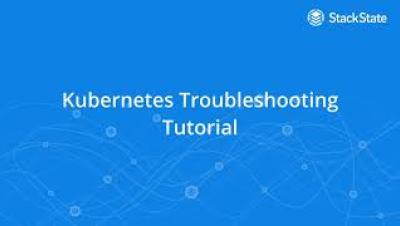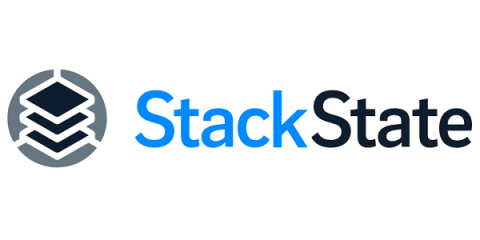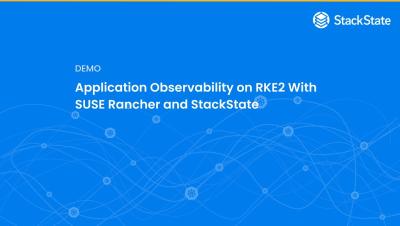Operations | Monitoring | ITSM | DevOps | Cloud
November 2023
Multi-Cluster Observability Part 2: Developing The Right Strategy
This is the second of a three-part blog series. Prior to reading this, be sure to check out Part 1, Benefiting from multi-cluster setups requires familiarity with common variations. In your Kubernetes journey, it's highly likely that you'll encounter the need to manage multiple clusters simultaneously.
Multi-Cluster Observability Part 1: Building A Foundation
In the world of modern Kubernetes, things have come a long way from the days of a single cluster handling one app. Now, it's common to see setups that span multiple clusters across different clouds. Initially, managing those clusters was a complicated operation with many moving parts. Using tools such as SUSE Rancher, RedHat OpenShift or AWS EKS, made managing multiple clusters somewhat easier.
Transform Your Kubernetes Troubleshooting With Powerful Data Correlations
Application Observability on RKE2 With SUSE Rancher and StackState
Mastering Kubernetes Node Management with the `kubectl cordon` Command
For many developers and engineers, Kubernetes is the de facto choice for container orchestration. That’s primarily because of its efficiency in handling and scaling container workloads. However, the complexity of managing nodes in a Kubernetes cluster can cause recurring headaches for even the most experienced and skilled IT teams. This is where `kubectl cordon` comes into play.





